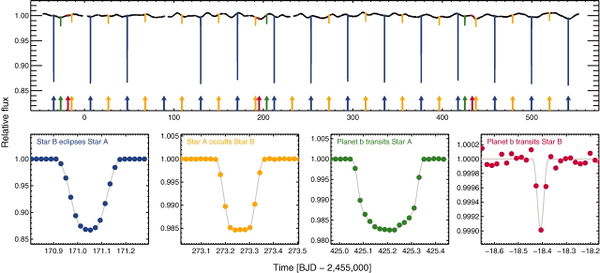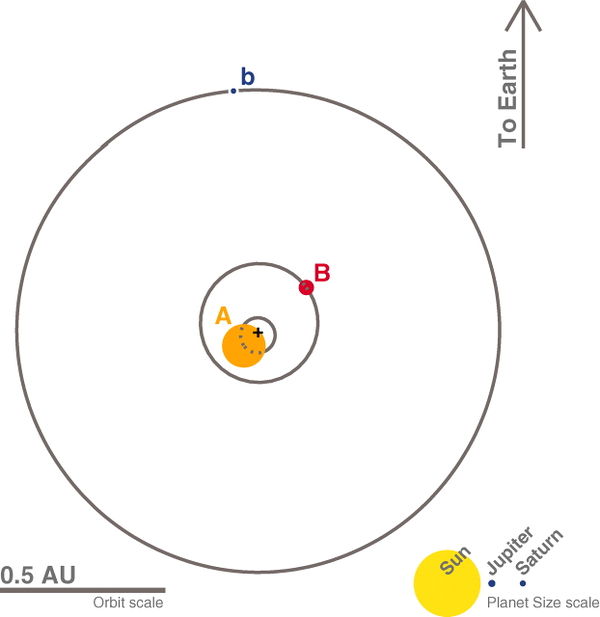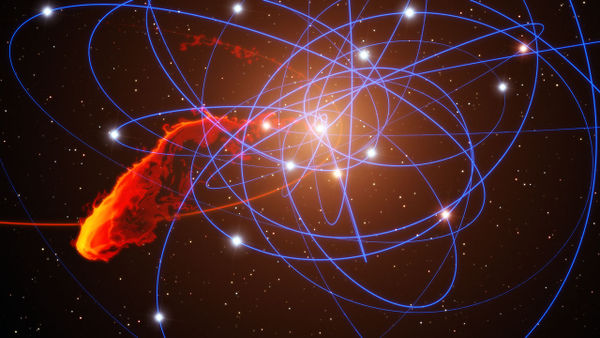Elementary Astronomy News Highlights: Difference between revisions
| Line 10: | Line 10: | ||
[[File:seti_nyt_20120130.jpg|600px|center]] | [[File:seti_nyt_20120130.jpg|600px|center]] | ||
<center> Allen Telescope Array </center> | |||
== Week of January 23, 2012 == | == Week of January 23, 2012 == | ||
Revision as of 20:29, 31 January 2012
Each week in 107-02 we will discuss something interesting that has been in the news. The subjects will be drawn from the New York Times, [http://apod.nasa.gov/apod/ Astronomy Picture of the Day], and press releases from NASA, the European Space Agency, the European Southern Observatory, or the Space Telescope Institute. If there is something interesting from one of our telescopes we may tell you about that too. This page has the highlights.
Week of January 30, 2012
The New York Times reported that a project to search for extraterrestrial intelligence (SETI) has found funding to continue its work. You can read more from the Times on line.

Week of January 23, 2012
The week opened with a report of giant solar flare with the prompt emission of X-rays and the ejection of charged particles on a path toward Earth. It produced an aurora that was visible in northern latitudes and reported in Astronomy Picture of the Day for January 24. Another event occurred the following day, with the possibility of another aurora and disruption of communications on Tuesday.
These observatories continously monitor the Sun from space and provide real-time images and data about Space Weather:
The colors of the aurora borealis, or northern lights, appear above the city of Tromsoe, in northern Norway. Stargazers were out in force across northern Europe on Tuesday night, hoping to be awed by a spectacular show fueled by the most powerful solar storm in six years. The bright auroras are also visible across Alaska and Canada. Credit: Washington Post, January 26, 2012
Week of January 16, 2012
The New York Times and Nature reported the discovery of more planets orbiting two stars. Like the fictional Tatooine of Star Wars there would be two "suns" in the sky if you could stand on them and look up. However, these new discoveries are the size of Saturn, and they are so close to their stars that they are too hot to be habitable.
The first planet found orbiting two stars was Kepler 16b. The Kepler telescope finds planets by capturing the moment when they pass between us and their stars, blocking out a tiny fraction of the star's light (often less than 0.1%). These events allow astronomers to measure the size of the orbit, the diameter of the planet, and in some instances even the planet's atmosphere. For Kepler 16 the data look like this:

A planet like Earth is at just right distance -- in the Goldilocks zone -- where life such as we know it can flourish. Other known planets are usually either too close to their star(s) and too hot, are too far away and too cold.

Week of January 9, 2012
The science journal Nature reported the discovery made at the Very Large Telescope of the European Southern Observatory of a cloud of gas that is on a trajectory to fall into the million-solar-mass black hole at the center of the Milky Way. Click this link to see what they had to say.You may have to be connected through the University of Louisville's network to read the full article.
A gas cloud has been spotted approaching the Milky Way's central black hole. Observations of its closest approach, expected to occur in mid-2013, may offer insight into the black hole's immediate surroundings.

The discovery was also described in the New York Times with the headline Black Hole Forecast: A Cold Gas Cloud
The center of the Milky Way is a site known as Sagittarius A*, or SgrA* for short. You can watch a short video about this here:
